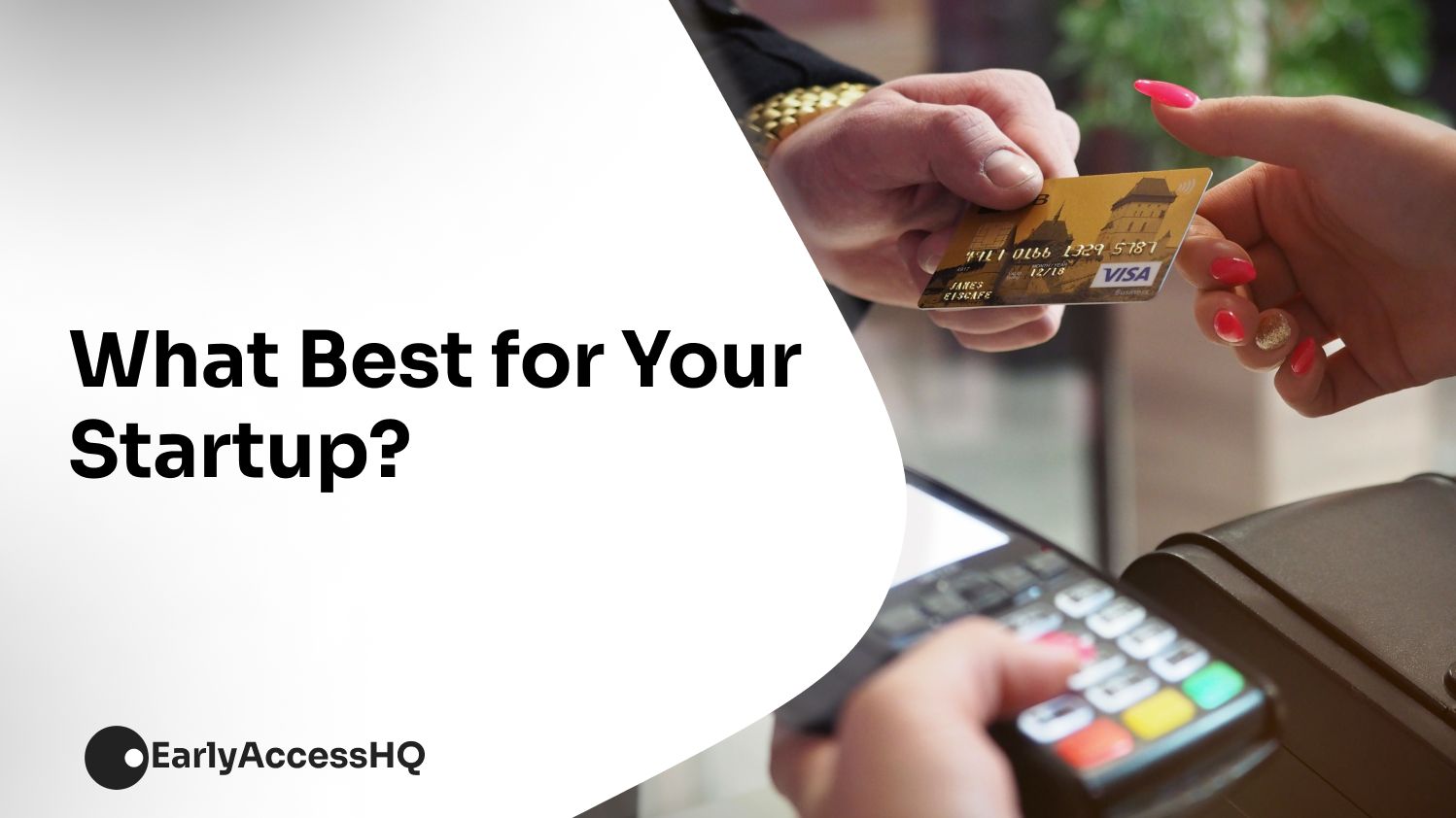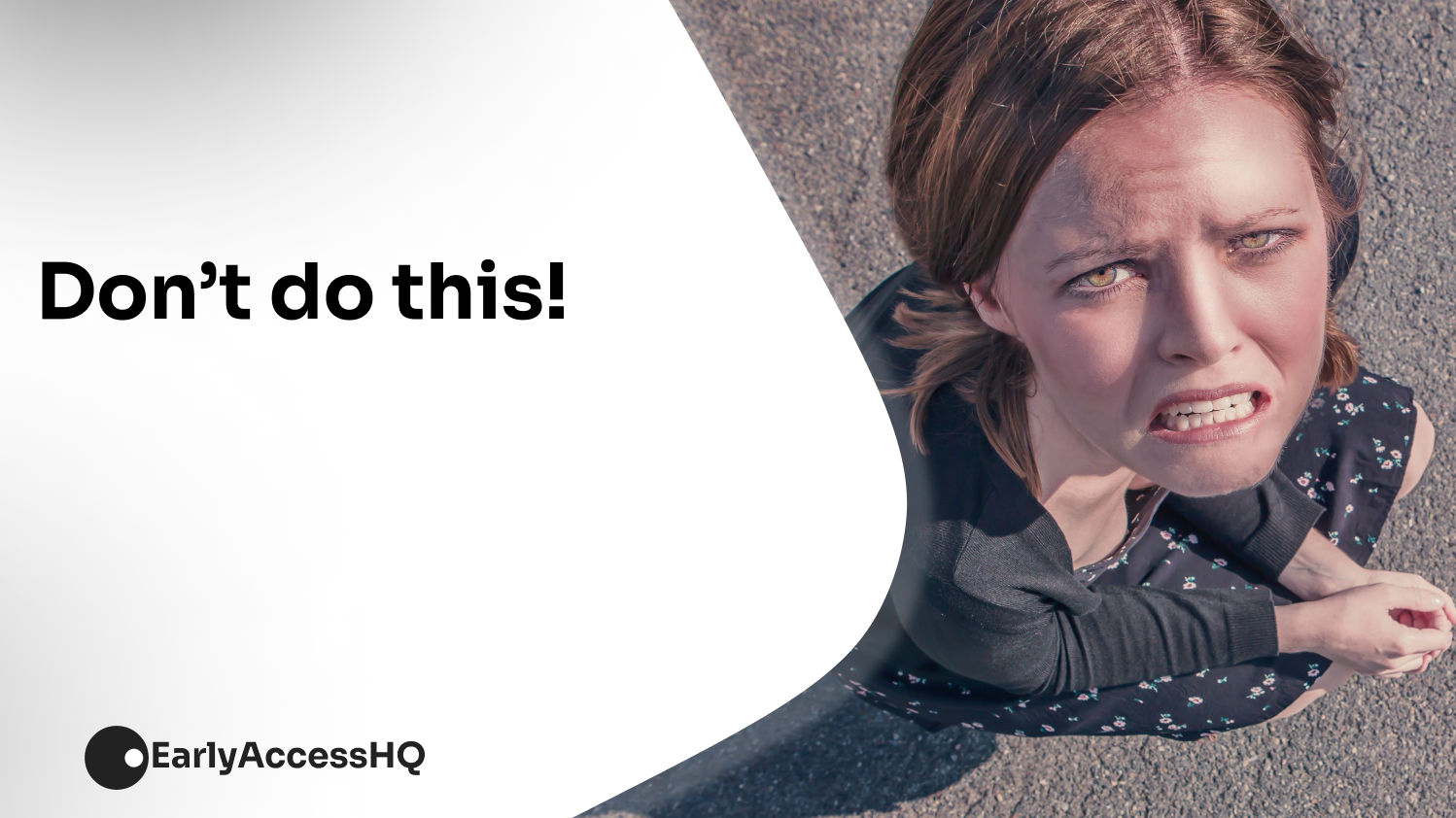Free Tier vs Free Trial
Learn how best to allow free access to a product without losing your competitive edge.


Sandra D.
Chief Early Marketer & Co-founder
February 12, 2024
As a tech startup, you Should allow potential customers free access to your product. It’s a great way to attract new users and accelerate adoption.
However, setting a free pricing model can be challenging for early-stage startups. Many startups find it difficult to pick a free option that makes business sense. Whichever choice you make could either make or break your business.
Which one is better, the free tier or free trial? Let's discuss what each tier offers the advantages and disadvantages to help you decide what works best for your product.
The Free Tier Model
With the free tier model, you allow users to access a limited version of the product free of charge. They get to use some features and explore the limited features of the application.
There are no time limits and users don’t have to commit financially. Once you have garnered a large user base, you can offer the option to upgrade to advanced features at a fee.
Examples of SaaS companies using the free tier option include EarlyAccesshq, Slack, Grammarly, and Google.
Advantages of the Free Tier Model:
- Widespread adoption: If your product is exceptional, you will most likely attract a large user base quickly. With this, you can leverage advertisements and promotions as a source of revenue.
- Customer Acquisition: It’s easy to convert users who love your product into paying customers. Make sure premium users enjoy their experience.
Disadvantages of the Free Tier Model:
- Cost Implication: Supporting a large user base can be costly financially and on your infrastructure. Also, It takes a while to convert free users into paying customers so it will take you longer to break even.
- User expectations: You have to make the premium version spectacular for your paying users. They will require your full attention and support to cater to ensure satisfaction.
- Monetization challenges: Balancing features on the free tier and premium version can be tricky. You have to be careful not to limit too much or avail just enough to entice your customers to pay for advanced features.
The Free Trial Model
In the free trial model, you allow users a limited period to access a full set of product features available in the paid version of the product.
Unlike the free tier model, users have a limited period to explore the product. After the trial period ends, they are required to pay. Users can either provide payment information upfront or provide it once the trial period ends.
To excel in this tier, your product must have a great market reputation and a waitlist of dedicated customers. Established companies like Netflix and Amazon Prime use this model.
Advantages of the Free Trial Model:
- Attracts dedicated users: Users signing up for the free trial period are likely to pay after the trial period ends.
- Predictable revenue: Once you have the users' payment information, there’s a 90% chance that you will convert them. This is a great way to estimate the potential revenue collection and dictate your financial decisions.
- Showcase features: Since users can access all features of the application, they have a chance to experience the product's capabilities. Most likely most users will be hooked to your product leading to higher conversion rates.
- Cost-effective: A manageable user base of paying customers means less strain on your infrastructure and quick profitability.
Disadvantages of the Free Trial Model:
- User experience: The limited trial period may impact the user experience, preventing users from exploring the full capabilities of your product.
- Conversion rate: Your product has to be exceptional to convert free trial users to paying customers. The product has to be in excellent condition before launch as opposed to building features organically as your product grows.
- User acquisition: It takes time to acquire users as most users want to test the product first, before making a financial commitment. To succeed you have to be patient to get your desired user base.
How to Choose the Right Model
To pick the right free-tier model for your SaaS, consider the product complexity, your competition, user acquisition, and the monetization strategy. Pick the model that aligns with your business goals.
Alternatively, you can have both tiers. You can onboard users with the free trial version and allow them access to all the features. After the trial period ends give them the option to upgrade to premium at a fee or downgrade to the limited free tier version.
Assess your business strategy and go for the model that suits your audience, and goals, and gives your business a competitive edge. There's an interesting discussion about free tiers on the r/saas Reddit channel that you can check out before making your final decision.
The Fastest Waitlist Page Builder
Create your Waitlist
No coding required


